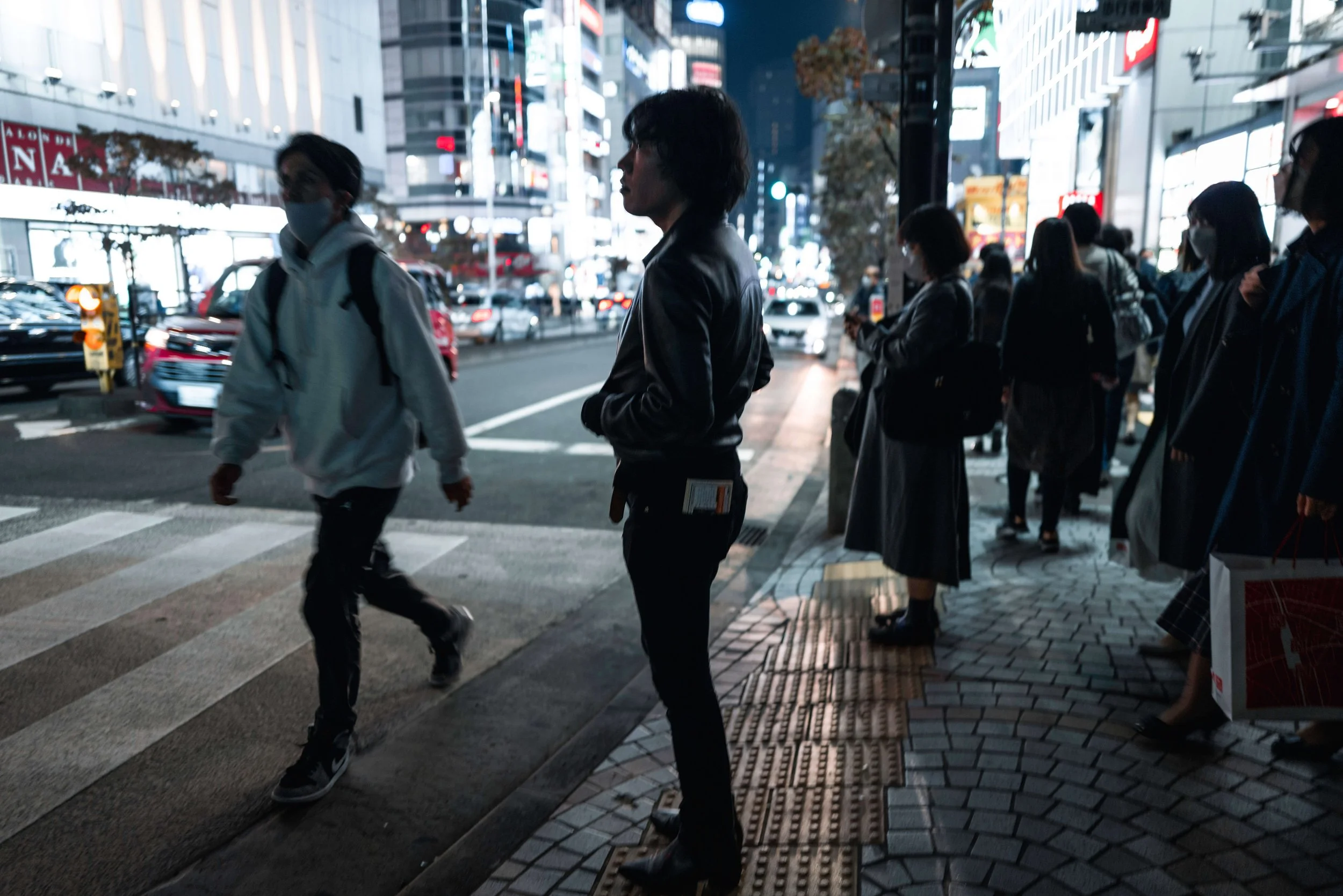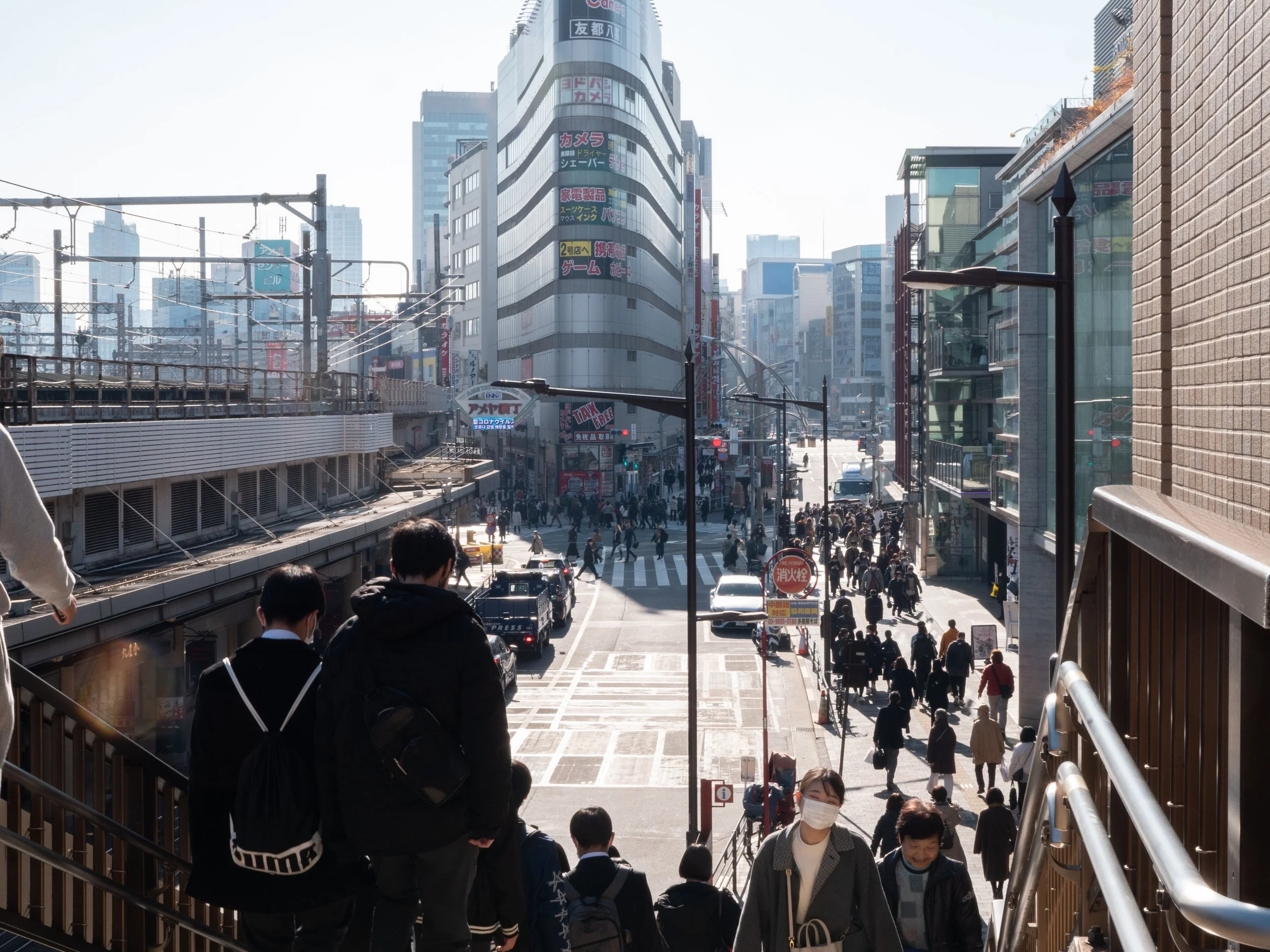
The gateway to the island of a lost dynasty and a modern realm of seaside pleasures
The main island of Okinawa is often chosen as a starting point by tourists who want to explore this sub-tropical area of Japan. The city of Naha boasts an ancient castle, a bustling shopping street, and many other attractions that entice visitors.
Naha is by far the largest city in Okinawa : 60 percent of residents on the main island live here. It is also home to the island's only public rail system, and thanks to the Okinawa Monorail, one can easily traverse the city to the ancient capital of Shuri.
Don't miss
Shuri Castle, which has recently been restored
Kokusai-dori, Naha's main shopping and entertainment street
Naminouegu Shrine, dedicated to the source of all life in Okinawan mythology
Getting there
Most adventures on Okinawa begin here. Naha Airport is the home base for getting to all the islands of Okinawa. It is an airport that hosts only domestic flights, from dozens of locations throughout Japan, from low-cost airlines for budget travelers.
The city of Naha is only a 10-minute drive from the airport or a few monorail stops away.
In brief.
Okinawa consists of hundreds of islands, but the main one is larger than all the others combined
Naha has a population of 300,000
It took the place of the ancient capital Shuri in 1872
Shuri is now part of the modern city of Naha
Around Naha and the main island
The Okinawa Monorail will take you from the airport to downtown and to Shuri. Apart from buses, it is the only public transportation on the island and takes less than 30 minutes to travel from one end of its line to the other. The last stop is Shuri, the former capital that is now part of Naha.
There is also a bus that connects the airport with the Naha Bus Terminal. There is a website that provides information in English about routes, but buses do not usually run frequently in Okinawa so it pays to plan your trip carefully.
The best way to get around the island is by renting a car. Several car rentals can be found at the airport and in the city center.
When to leave
Okinawa has a sub-tropical climate and can be very hot in the summer months, so be sure to pack enough sunscreen and remember to drink water often. Temperatures are mild even in winter, and the only times to avoid are the rainy season between late May and early June and the period of typhoons that hit the island in September.
Spring and autumn are the ideal seasons for those who want to enjoy the sun, sea and beach although it is best to avoid Golden Week, or the first week of May, which the Japanese prefer to go on vacation.
The Ryukyu Kingdom
Okinawa is now one of the 47 prefectures that make up Japan but it was not always so. Okinawa, or the Ryukyu Kingdom as it was once known, was an independent kingdom until 1609, when it came under the rule of Satsuma, a province in southern Japan.
Commodore Matthew Perry docked in the port of Naha in 1852, a year before his historic arrival in Edo (present-day Tokyo), when Japan opened up to the world after centuries of isolation.
Naha became the capital in 1872 and later absorbed the ancient capital, Shuri. But Naha has always been the center of the island's commercial activities. Since at least the 11th century, its harbor has been the scene of trade with Korea and the rest of Japan.
The rest of the islands became part of Japan only in 1879. After World War II the islands were occupied by the United States only to be returned to Japan in 1972.
Picturesque, foreign and royal gardens
The Kingdom of Ryukyu was once a vassal state of the Ming Dynasty, and China's influence on this region of Japan is undeniable. Fukushuen, a garden in Naha, is an example of the rule of yesteryear. All the materials used to build it came from Fuzhou, as did the architects who designed it. Both the design and the visual and sound effects are slightly different from those of a Japanese garden.
Not far from Shuri Castle is one of the favorite retreats of what was once the Ryukyu royal family, the Shikinaen Royal Garden. In this sheltered and lush garden are a large circular pond with several islands, stone bridges, a wooden palace, an observatory, a banana plantation, and a freshwater spring. Foreign dignitaries and other high-ranking guests used to visit here regularly.
Recreating the past
There is much to see and do in Naha. It is a city bustling with a lively nightlife that is mainly concentrated along Kokusai- dori , also called International Street, the street that runs for nearly two kilometers through the heart of Naha.
You'll discover the busy indoor arcade leading off Kokusai-dori, filled with local food and craft stalls, and the street performers who perform on Sundays when the street is closed to traffic.
Take the monorail to the end of the line and you will be in Shuri, the ancient capital. Shuri Castle was the seat of the Ryukyu Kingdom from the 15th century until it came under Japanese rule in the 19th century.
The castle has been destroyed and rebuilt many times-the most recent reconstruction was completed in 1992 after the castle was reduced to rubble during World War II. As you walk through its many buildings and courtyards, you will feel like you are being transported back to the past, to the time of the Ryukyu Kingdom.
Don't miss the chance to visit Naminouegu Shrine-a sacred place in the religious life of the Ryukyu Islands since it was first built in the 14th century. It was destroyed during the war but restored to its original splendor in the 1990s. The shrine is a 15-minute walk from the Asahibashi monorail stop.




Book Giorgio + Koharu - Japan Tour
14 days of Japanese experiences with native japanese guide
Places to visit: the futuristic Tokyo, traditional Japan Kyoto, natural and wild Hokkaido and Okinawa paradise islands.
Food and drinking experiences: Ramen, Soba, Sushi, Isakaya drinking bar, Karaoke
Traditional Japanese experiences: Shodo Japanese calligraphy, Ikebana flower lesson, fortune telling.
Explore Japanese destinations
JAPAN
Tokyo
National Museum of Western Art
Transports
Suggestions:
Cherry Blossoms - Sakura Hanami
HOKKAIDO
OTHER PLACES:
OKINAWA











